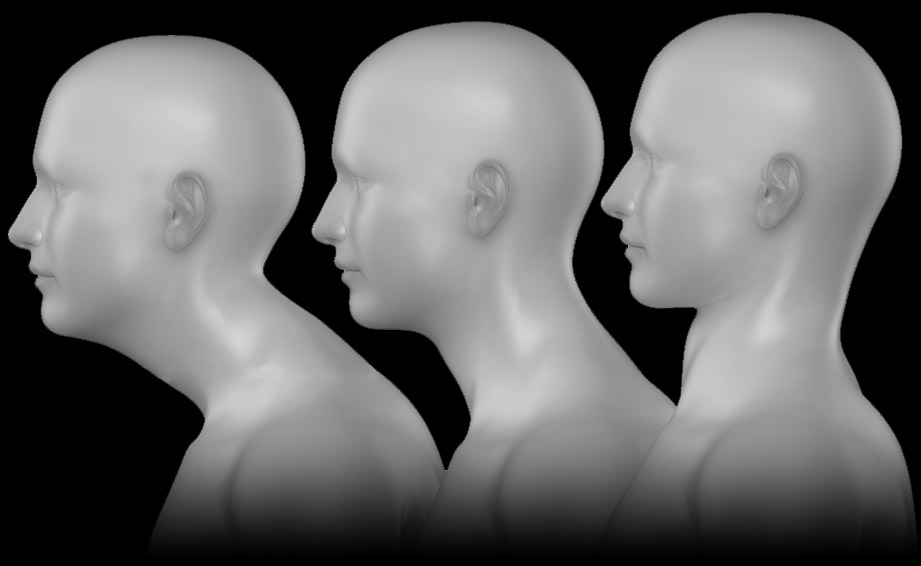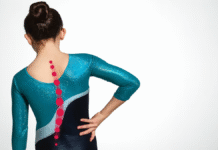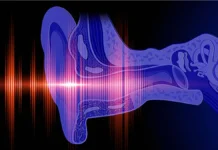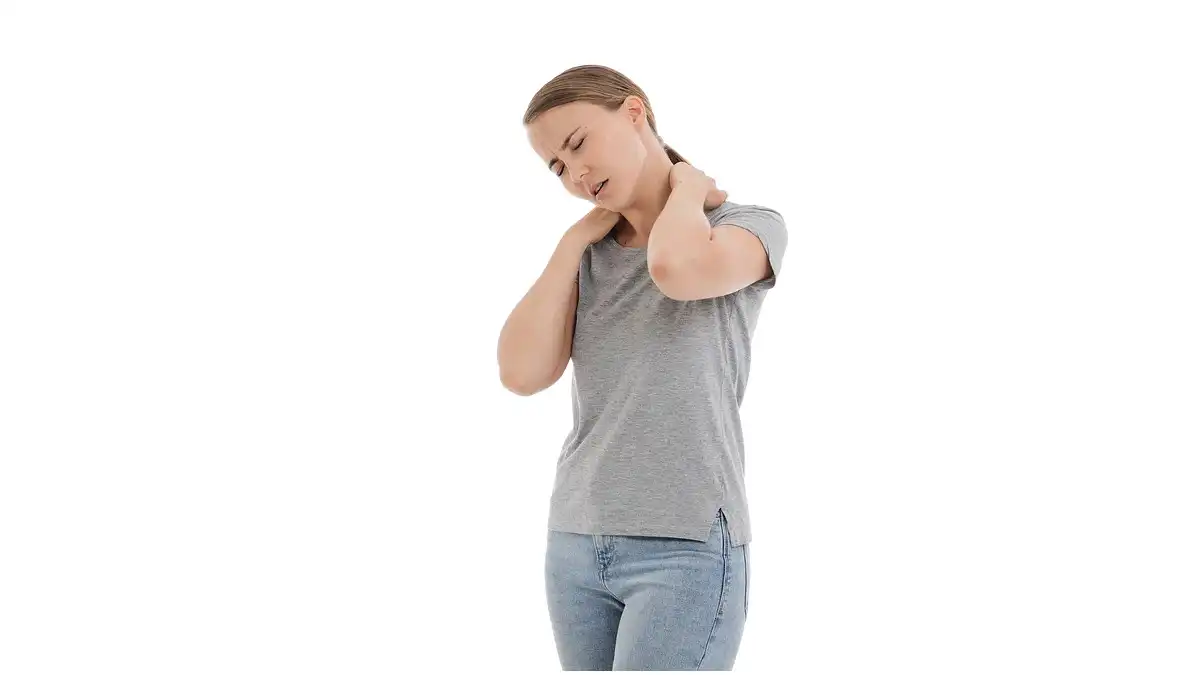Janda’s superior crossing syndrome refers to a particular pattern of overactive and underactive muscle groups that overlap in the neck, chest and shoulders. Typically, poor posture causes the syndrome, including forward head posture, which occurs when people use electronic devices, read and drive.
Posture
- Forward head posture with a rounded shoulder will cause the pectoral muscles to contract.
- This posture will increase the extension of the cervical spine.
- The contracted neck extensors will inhibit the flexor muscles.
- The contracted pectorals will inhibit the rhomboids and small dentate anterior.

- The occiput and C1/2 will extend in hyperextension, the head being pushed forward.
- As a result, the cervical vertebrae below the 4th thoracic vertebrae will be posturally stressed
- There is rotation and abduction of the scapulae.
- Rounded shoulders (protraction)
- An altered direction of the axis of the glenoid fossa will develop, leading to the humerus having to be stabilised by additional scapula lift and upper trapezius activity, with additional supraspinatus activity also.
- Internal rotation of the humerus
- The result of these changes is greater tension in the cervical segment plus pain referred to the chest, shoulders and arms.
- There is angina-like pain and decreased respiratory efficiency.
The result of these changes is increased tension in the cervical segment and referred pain in the chest, shoulders and arms. Angina-like pain and reduced respiratory performance may also be present.
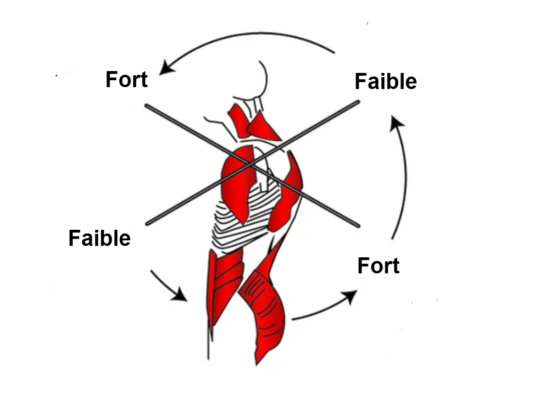
Cause
- Cellular
- Reading
- Driving
- Watching television
- Cycling
Presentation
- Head forward
- La lordose
- Thoracic hypercyphosis
- Rounded shoulders, where the pectoral muscles are continuously in contact
- Scapula outwards

